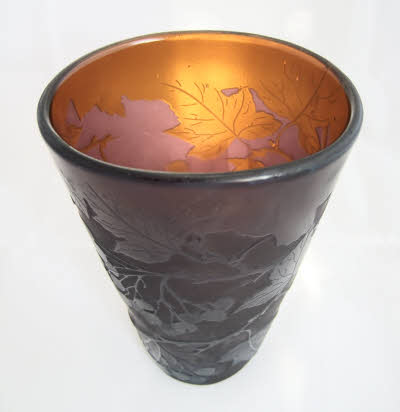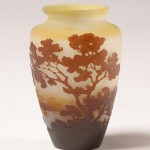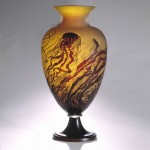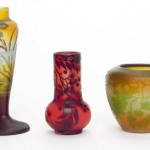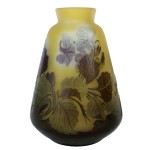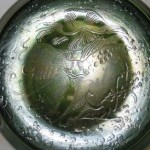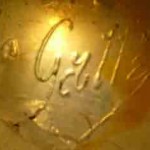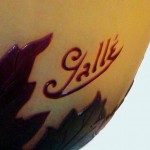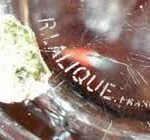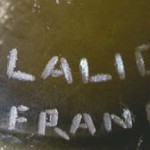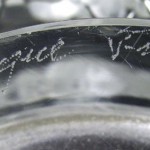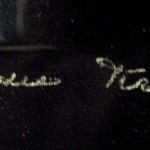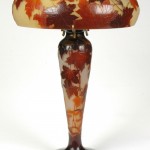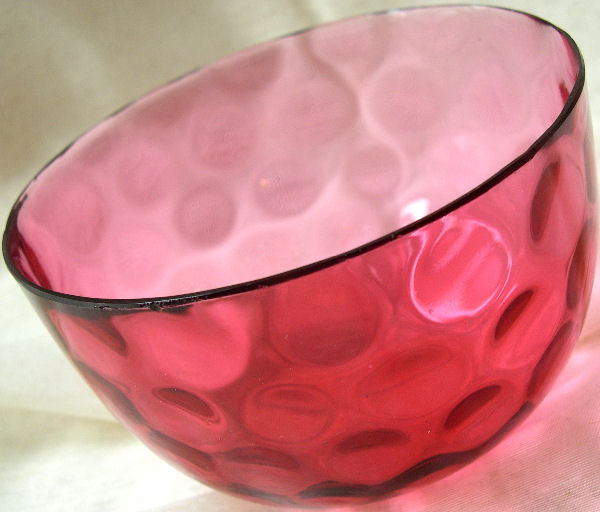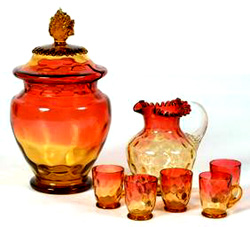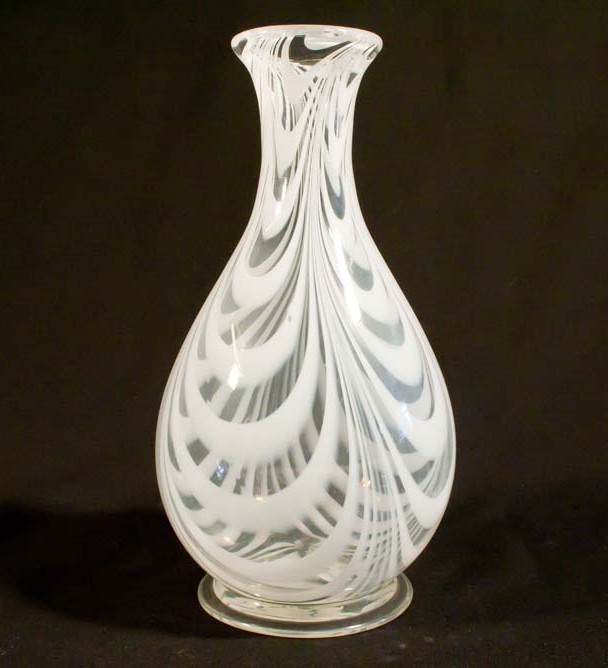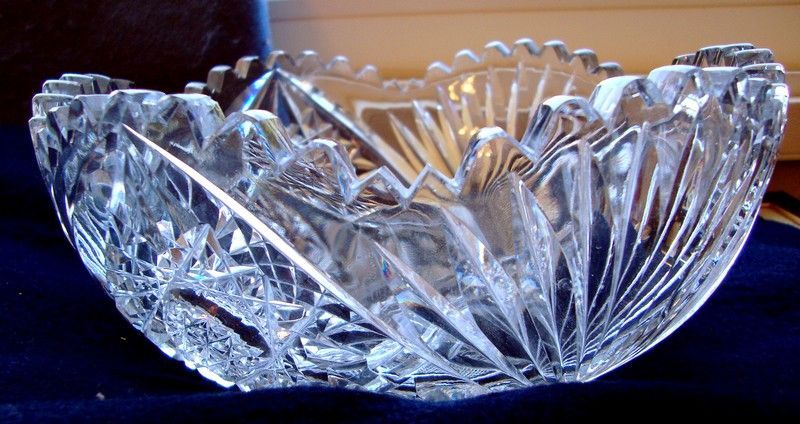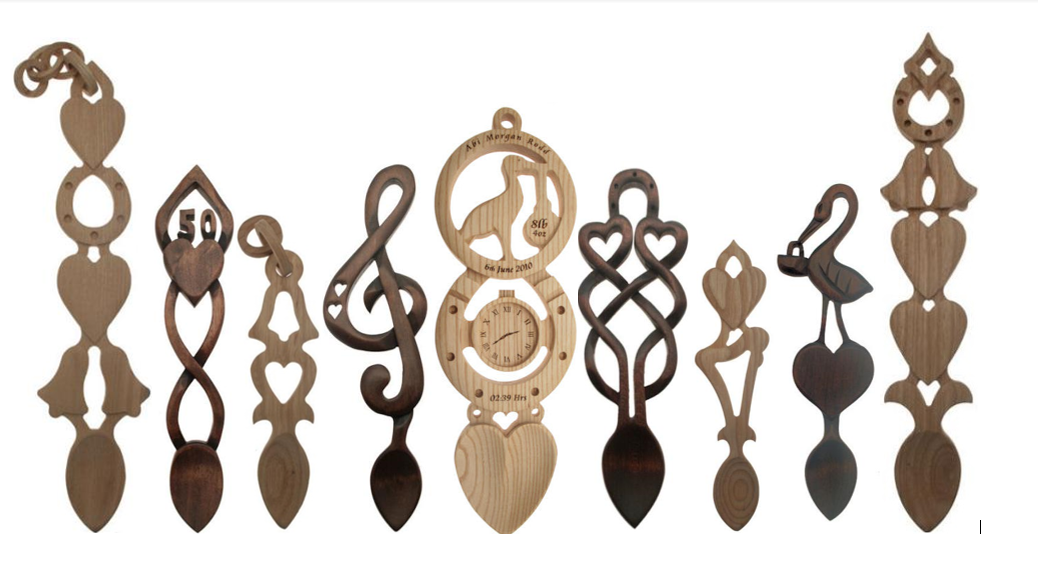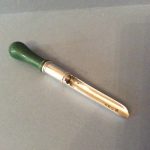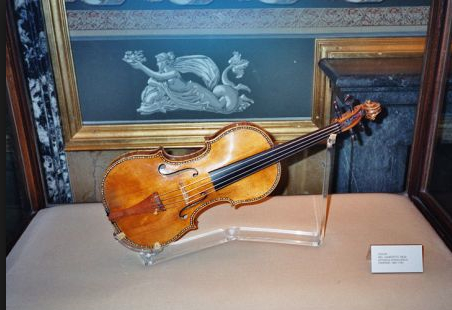Unlike most earlier glass, the value of art nouveau or art deco glass is dependent largely on its maker or designer. This was the heyday of influential glass makers such as Emile Galle, Daum and Lalique in France, and Louis Comfort Tiffany in America.
All named glass is widely collected, and the best pieces are very expensive, but you can still find unmarked pieces or smaller objects for relatively modest prices.
Galle glass
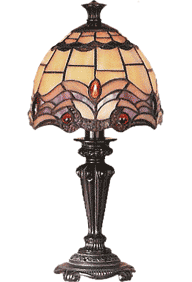 The best pieces, such as this lamp, are made from hand-carved cameo glass, formed by fusing two or more layers of coloured glass with the top layer carved to reveal the colours underneath. Later machine-made versions are less valuable and are identifiable because the carving is not so deeply cut. An item like this would be worth £15,000 or more.
The best pieces, such as this lamp, are made from hand-carved cameo glass, formed by fusing two or more layers of coloured glass with the top layer carved to reveal the colours underneath. Later machine-made versions are less valuable and are identifiable because the carving is not so deeply cut. An item like this would be worth £15,000 or more.
Galle pieces are usually marked with a cameo or incised-carved signature. If you see a star after the signature, the piece was made during the first three years after Galle’s death, between 1904 and 1907.
Glass made by the Daum brothers is often very similar to that made by Galle but can usually be identified by a gilt signature, “Daum Nancy”, on black enamel on the underside.
Tiffany lamps have bronze or gilt bronze bases. The shades are made from a lattice of bronze set with small pieces of favrile (iridescent) glass, marked with an applied bronze pad.
Lalique
All types of glass made by the most famous glass designer of the art deco period, Rene Lalique, are highly collectable. His prolific output included car mascots, clocks, lighting, jewellery, furniture and figurines.
Lalique pieces are extremely valuable. A Bouchon Meres scent bottle with tiara stopper is worth about £15,000. Lalique’s distinctive wares were also much imitated, so be alert for lookalikes.
How to identify a Lalique
The genuine article is characterised by:
* Inventive design. If not, it could be by Marius E Sabino, whose work is often reminiscent of Lalique’s but less elegantly proportioned. An opalescent vase by Sabino would fetch about £500.
* Heavy weight. Modern fakes are usually lighter in weight than authentic pieces.
* Authentic colour. With coloured glass, modern fakes such as this red vase are sometimes in colours never used by Lalique. A red Lalique-style vase is worth about £400, while the real Lalique, blue glass Sauterelle vase, should fetch £5,000.
* Fine detail. If it’s opalescent glass, the effect should be more noticeable on high-relief areas and less noticeable on thin walls. Other makers also produced opalescent glass, including Sabino and Etling. An opalescent figurine by Edmund Etling & Cie is worth about £1,000.
* The maker’s mark. The real thing should be marked ‘R Lalique’, possibly with ‘France’ and a model number. Sabino pieces are usually marked with a moulded engraved signature.
Fakes
Fake art nouveau glass abounds. Among the objects most likely to deceive are:
* Tiffany lamps with fake marks. These are identifiable because they do not usually have the marked pad on the shade.
* Cameo glass marked Galle. A fake is recognisable by its stiff, lifeless decoration.

